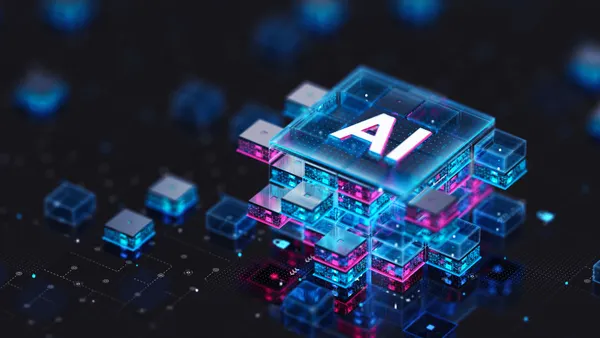Dive Brief:
- Early programmers used to give machines specific instructions that created limits for their abilities, but today’s machines get smarter because of algorithms and systems that help them make sense of new inputs on their own.
- Google for Education's Product Management Team leader Jonathan Rochelle told Business Insider that students today are expected to memorize facts and equations much like the early computers.
- What schools should be doing instead, Rochelle said, is teaching children information that will help them draw conclusions when faced with later problems — they should learn why an equation works, for example, so they can use that information later, instead of just memorizing the equation itself.
Dive Insight:
Conversations around school improvement have fallen under a "School 2.0" vision. As educators imagine the schools of the future, technology often has a central role, but in a particular way. Classrooms need to be organized around the needs of students, with technology that offers engaging, personalized learning experiences rather than ed tech that provides new platforms for worksheet-style assignments.
The gap in school quality is clear when it comes to seeing what and how students learn. Students in upper-income neighborhoods more often learn how to think, while students in high-poverty districts are coached to memorize facts, especially when standardized test performance is largely dependent upon this memorization. This is part of why test scores drop further in high-poverty districts when new tests are introduced, as has recently been seen with the switch to Common Core-aligned exams.











